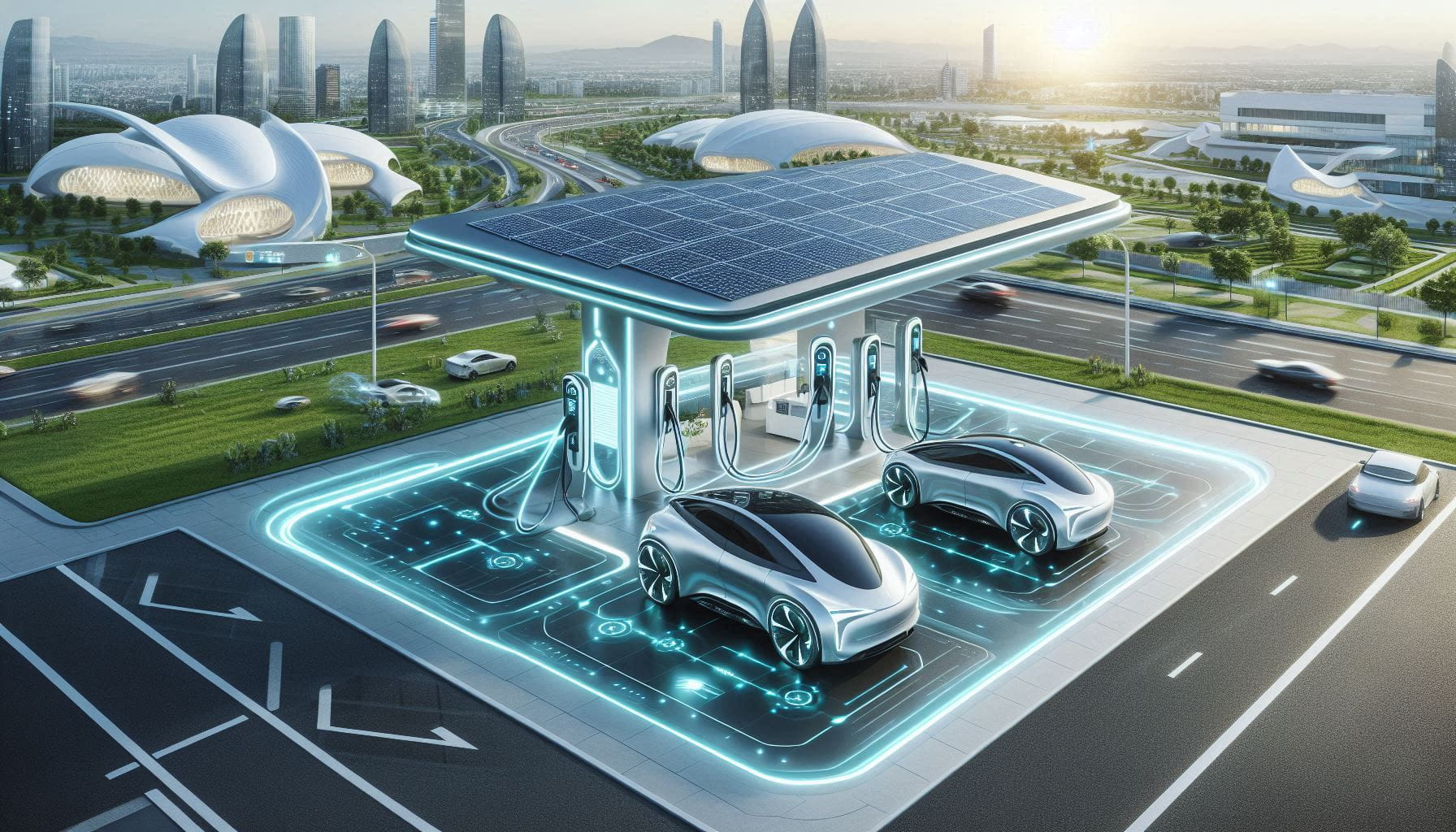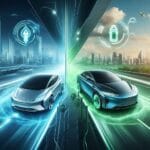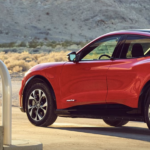
Rethinking the EV Charging Business
At first glance, running an electric vehicle (EV) charging station seems simple enough—drivers pull up, plug in, and power up. But behind the scenes, it’s a much more intricate operation. From cutting-edge technology and user experience to sustainability and infrastructure, the EV charging industry is reshaping how we think about refuelling, especially for ev fleet charging and fleet operators and businesses.
To stand out in this competitive and rapidly evolving market, businesses need to go beyond merely supplying electricity. Success lies in delivering an exceptional customer experience, anticipating future trends, and driving environmental progress. Let’s explore what it takes to excel in the world of EV charging.
Laying the Groundwork: Smart Infrastructure
A solid infrastructure is the backbone of any successful EV charging business. But unlike traditional petrol stations, establishing a charging network requires careful planning, future-proofing, and a strategic approach.
Location Matters
The right location can make or break an EV charging station. High-traffic areas such as shopping centres, motorway service stations, and urban hubs offer convenience and visibility. By positioning chargers where drivers naturally stop—rather than forcing them to go out of their way—businesses can enhance customer satisfaction and boost usage.
Reliable Power Supply
Few things are more frustrating for an EV driver than arriving at a charger only to find it out of service. Ensuring a stable and resilient power supply, supported by reliable grid connections and backup systems, is essential. Scalability is also key, as the demand for EV charging will only grow in the coming years.
Putting the Customer First: A Seamless Experience
Charging an EV shouldn’t feel like a chore. The most successful charging networks prioritise ease of use, making the process as frictionless as possible.
Hassle-Free Payments
No one wants to struggle with complicated payment systems. Offering a range of options—contactless payments, mobile apps, and credit card terminals—ensures a smooth transaction, reducing frustration and increasing customer loyalty.
Speed Matters
Time is precious, and slow charging can be a major deterrent. High-speed chargers, especially in city centres and along major routes, significantly enhance the user experience. Faster turnaround times mean more satisfied customers and better station efficiency.
Enhancing the Waiting Experience
Charging takes time, but that doesn’t mean customers should be left twiddling their thumbs. Offering amenities like free Wi-Fi, cafés, or comfortable seating can transform a charging stop into a pleasant break. These extra services also open up additional revenue streams for businesses.
Also Read:
- What are Advantages of Electric Vehicle?
- 7- Best Electric Cars for Car Lovers
- Top 5 Upcoming EV Cars in India
The Role of Technology: Smarter, More Efficient Charging
Technology is at the heart of modern EV charging, driving efficiency, cutting costs, and improving customer satisfaction.
- Smart Charging Systems: Dynamic energy management ensures that power is delivered efficiently without overloading the grid. Incentives for off-peak charging or the use of renewable energy can appeal to eco-conscious drivers while lowering operational costs.
- Leveraging Data for Growth: Every charge session generates valuable data—peak usage times, customer preferences, and payment trends. Analysing this information helps businesses refine their strategies, optimise station performance, and identify expansion opportunities.
- Real-Time Connectivity: Live updates on charger availability, wait times, and nearby amenities enhance customer confidence. A connected network with user-friendly apps or digital platforms strengthens brand loyalty and keeps drivers coming back.
- Sustainability: Aligning with Green Values: Sustainability isn’t just a buzzword—it’s a core expectation for many EV drivers. Businesses that embrace eco-friendly practices can set themselves apart and build a loyal customer base.
- Integrating Renewable Energy: Incorporating solar panels or wind energy into charging stations reduces reliance on the grid and lowers the overall carbon footprint. It’s a win-win for both businesses and environmentally conscious customers.
- Energy Storage for Efficiency: Battery storage solutions allow stations to store excess power during off-peak times or sunny days, making energy use more efficient and ensuring consistent service even during peak demand periods.
- Carbon Offset Initiatives: Some companies go a step further by offsetting their environmental impact through reforestation projects or renewable energy investments. These initiatives resonate with eco-minded consumers and enhance a brand’s sustainability credentials.
- Navigating Regulations: Staying Compliant and Competitive: Government policies and incentives play a crucial role in the EV charging landscape. Staying informed about regulatory changes and taking advantage of available grants or tax breaks can provide significant financial benefits.
- Interoperability: Making Charging Easier for Drivers: Customers expect flexibility. Allowing drivers to access multiple networks through a single account or app simplifies the charging experience and makes a station a more attractive option.
- The Business Side: Financial Strategies for Success: A well-thought-out financial strategy is essential to running a profitable EV charging business.
- Balancing Costs and Revenue: From installation and maintenance to electricity costs, expenses can add up quickly. A smart pricing model—whether pay-per-use, subscription-based, or bundled with other services—ensures affordability for customers while maintaining profitability.
- Diversifying Income Streams: Relying solely on electricity sales isn’t enough. Businesses can increase revenue by offering complementary services such as retail shops, coffee stands, or car wash facilities, turning a charging station into a destination rather than just a stop.
Challenges and Innovations: Shaping the Future of EV Charging
The EV charging industry isn’t without its challenges, but innovation is driving rapid progress.
- Managing Grid Demand: As EV adoption rises, the strain on local power grids increases. Collaborations with energy providers and investment in smart grid solutions can help balance demand and supply.
- Cybersecurity: Protecting Users and Businesses: With digital payment systems and customer data at play, strong cybersecurity measures are essential. Regular updates and robust encryption protocols protect both businesses and users from cyber threats.
- Emerging Technologies: What’s Next?: From wireless charging pads to ultra-fast chargers, the future of EV charging is full of exciting possibilities. Vehicle-to-grid (V2G) technology, which allows EVs to send energy back to the grid, could revolutionise the industry by turning cars into mobile power sources.
Final Thoughts: More Than Just Powering Up
EV charging is about more than simply providing electricity. It’s about delivering a seamless customer experience, leveraging smart technology, and championing sustainability. Businesses that embrace these principles and innovate proactively will be the ones driving the future of transportation.








